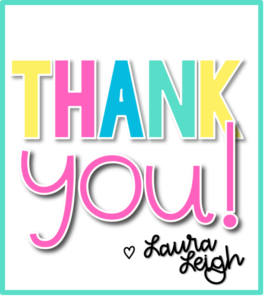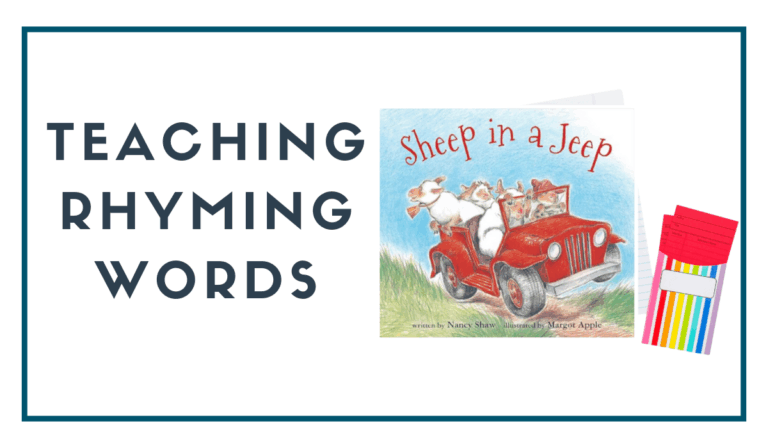
“Research supports not only that letter naming must be accurate, but it must also be fast.” (Neuhaus & Swank, 2002). Enter letter naming fluency into the picture.
You may have seen or heard of the DIBELS assessment, which measures how many upper and lowercase letters a child can name in one minute.
But why do we need children to name all those letters so quickly? And what if they can’t?
In a Letter Name Fluency (LNF) task, your child is given a random list of upper- and lowercase letters and has 1 minute to identify the names of as many letters as possible. Schools often use these scores to determine which students are at risk for reading difficulties.
Letter naming fluency is included in many assessments because it’s a great indicator of risk and a strong predictor of reading success. Letter-naming speed is the single most significant predictor for word reading ability for first-grade students. (Neuhaus & Swank, 2002).
When children can recognize and name the letters of the alphabet accurately and automatically, they have a foundation for learning the alphabetic principle and learning to read. (Adams, 1994; Ehri, 2005)
Also, children who recognize letters with accuracy and speed have an easier time learning the sounds associated with them. (Adams, 1999)
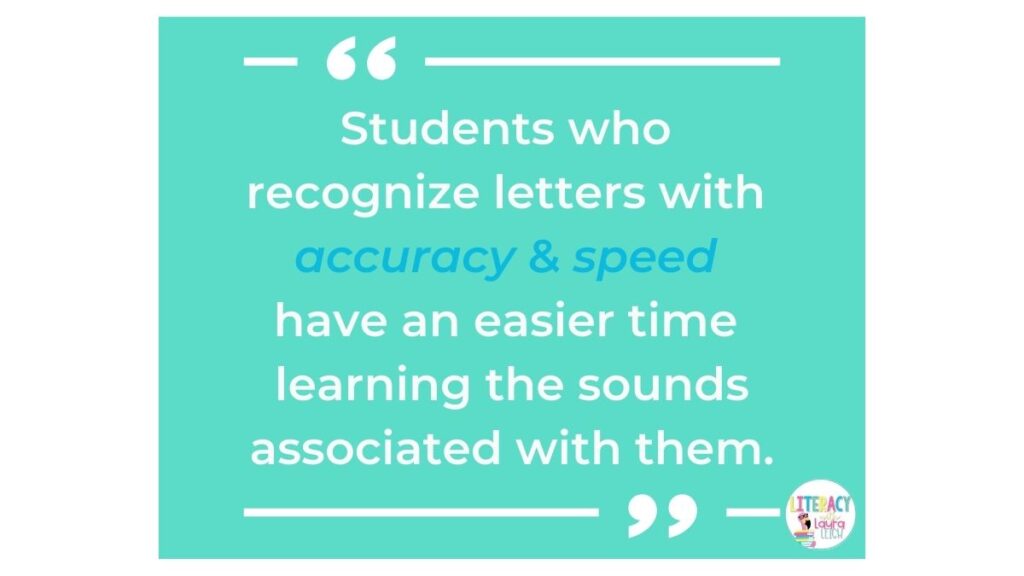
Knowing letter names can help learn letter sounds because many sounds are embedded in the letter name. Say the letter name m aloud. You can hear the /m/ sound in the name!
Teaching letter names to fluency can be a challenging task for several reasons. Beginning readers are often more familiar with certain letters, especially those in their names.
As homeschooling parents, it’s important to identify which letters your child is familiar with and which ones need additional instruction. Enter a letter naming fluency assessment, and I’m NOT talking about DIBELS.
When I access letter recognition at home, I assess both accuracy and speed. I want to know if my child can identify the specific letter and if they can do so quickly. This data determines what letters to teach and review and even how to structure learning activities. Want to know more? Check out this blog post HERE.
Here are 3 fun and engaging letter naming fluency activities and games to teach in 5 minutes.
Why not use this faithful classic to increase their fluency with letter recognition? As busy homeschool parents, we can use all the simple tricks to improve our child’s learning! Read “3 Creative Ways to Use the Alphabet Song to Teach Letter Recognition” for tips your can implement at home tomorrow. I bet you haven’t sung the alphabet song to the tune of “Mary Had a Little Lamb” lately!
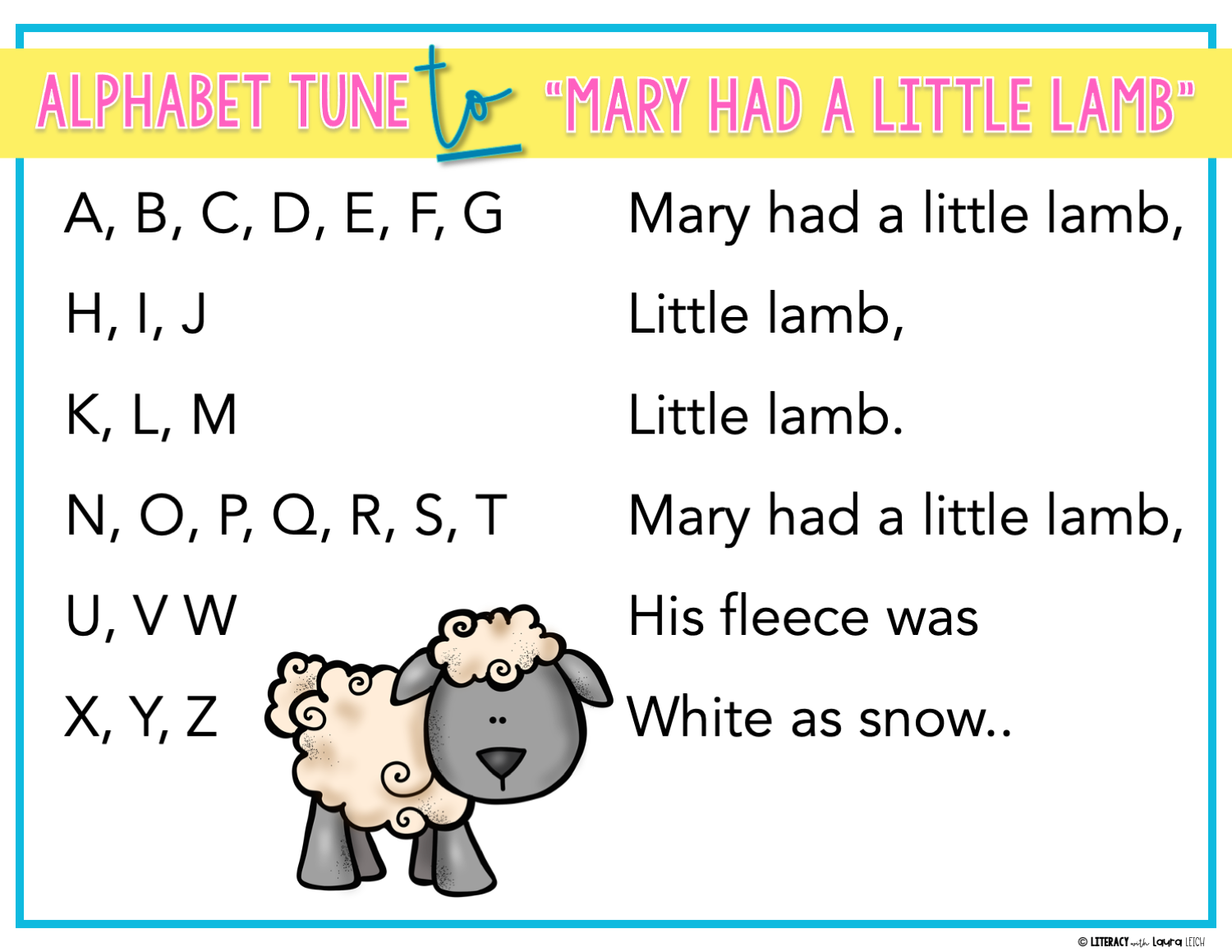
Using an alphabet arc helps your child learn to name and identify each letter by placing a plastic letter over the matching letter on an arc. It also helps build letter naming automaticity. Not sure how to use one? Click here for my free alphabet arc mat. You’ll find everything you need to know on how to use it at home today. Read “3 Alphabet Arc Activities that Boost Letter Recognition (Fast)” for more ideas on to increase letter naming fluency with an alphabet arc.
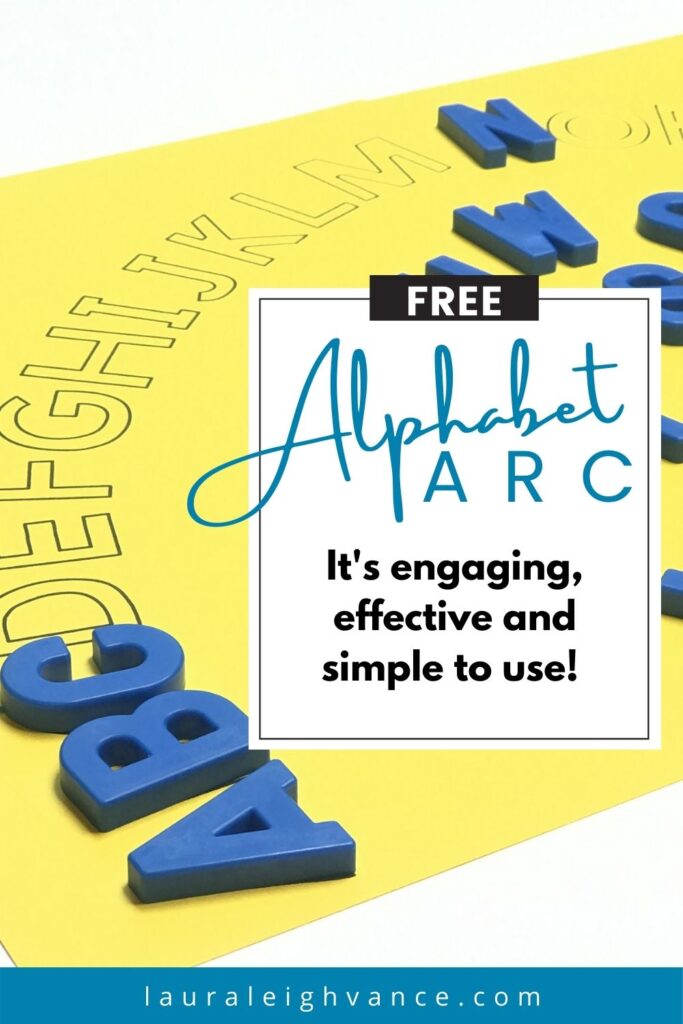
There are several ways you can build fluency including letter naming fluency charts, missing letter cards, and plain ‘ole flash cards.
Printable Alphabet Flashcards.
Use a deck of letter cards containing all the letters of the alphabet. Flip through them quickly, having your child call out the letter name. Your child can complete this letter recognition activity in 60 seconds or less. See how fast they can complete the task. They will love trying to beat their latest time!
Letter Naming Fluency Chart. Another activity for building fluency in letter naming is to read letters on a chart as quickly as possible.
Choose four or five letters that your child needs to practice and create a fluency chart. Point to to the first letter and have your child think say the letter name aloud.
If your child responds incorrectly, model the correct responses for them. Then ask, “What is the name of this letter” as you tap underneath. To ensure mastery and fluency, back up two letters before the error and continue until the end of the rows.
I use these charts for fluency racing fun! They are perfect for daily letter naming fluency practice.
Missing Letter Deck Cards.
The missing letter deck is a great way to warm up during your homeschool reading time. The decks are similar to flashcards but have a letter missing from a 3 letter alphabet sequence. Begin by using the deck in alphabetical order. As students progress, you can shuffle the cards and present them in random order. If needed, your child can keep an alphabet strip in front of them for reference.
The missing letter deck encourages speed and proficiency. It’s perfect for building alphabet fluency and awareness.
I incorporate all three of these letter naming activities listed above into my letter recognition intervention. By targeting all of these skills/activities each day, your child can make substantial progress in a shorter amount of time!
Multiple exposures are essential because Berninger (2000) found that students identified with dyslexia needed more than 20 more times the practice than students without dyslexia to learn letter sequences!
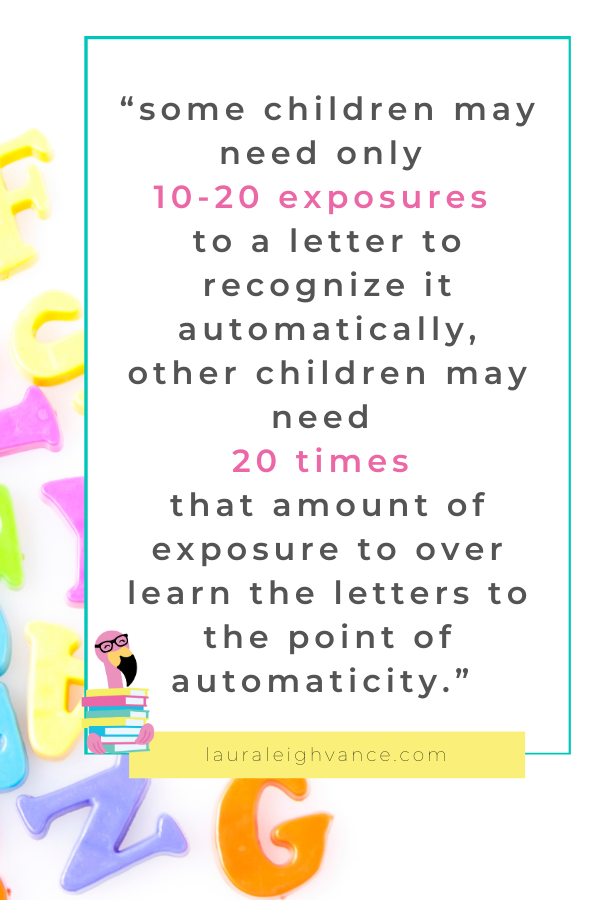
Some children may need more targeted instruction to improve their letter naming and alphabetizing skills. This can apply to children of any age! Typically these skills are mastered at least by the middle of first grade. Yet, many children reach the upper elementary grades without being able to fluently and automatically name alphabet letters. Use a letter naming fluency assessment to determine if this is an issue. If your child can’t name 40 randomly arranged letters in a minute, they may need additional a letter naming fluency intervention.
You Might Need to focus on LNF if you:
